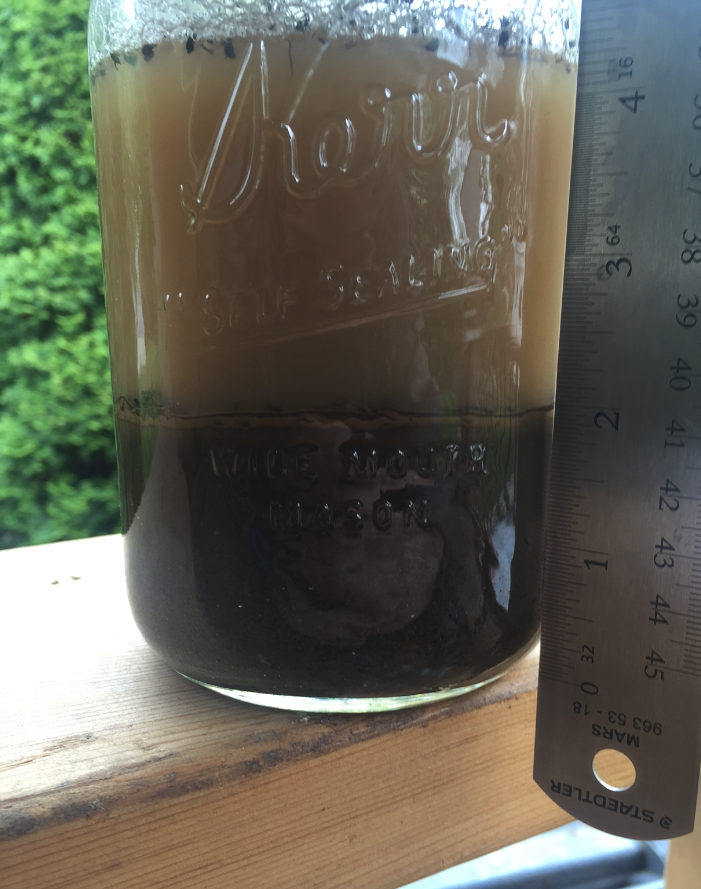
Ahh! Give thanks for the living soil!
Soil is a complex and dynamic mixture of minerals, organic matter, water, air, and living organisms that provide the foundation for all life on Earth. Understanding soil structure is essential for successful agriculture and land management, as it can provide critical information about a plot of land’s health, fertility, and ability to support plant growth.
The soil horizon is a useful concept when discussing soil structure. Soil is divided into distinct layers, or horizons, each with unique properties and characteristics. The O horizon, or organic layer, is composed of decomposed plant matter and litter. The A horizon, or topsoil, is the most fertile layer of soil and contains the majority of nutrients required for plant growth. The B horizon, or subsoil, is a transitional layer that contains less organic matter and nutrients but is still important for water storage and filtration. The C horizon, or parent material, is the layer of soil that is least affected by biological processes and is composed of the rock or sediment that underlies the soil.
Soil composition refers to the physical and chemical properties of the soil, including its texture, structure, pH, and nutrient content. Soil texture is a critical component of soil composition, and it refers to the size of the particles that make up the soil. The three primary types of soil particles are sand, silt, and clay. Soil texture can have a significant impact on soil health, as soils with more clay are typically more fertile and better at retaining water and nutrients than soils with more sand.
Soil tests are a useful tool for determining soil composition, texture, and other important characteristics. Soil tests can provide information on the soil’s pH, nutrient content, and texture, allowing farmers and land managers to make informed decisions about how to manage their land. There are several types of soil tests available, including chemical tests, physical tests, and biological tests.
Chemical tests are used to measure the concentration of various nutrients in the soil, including nitrogen, phosphorus, potassium, and other essential minerals. These tests can be conducted using a variety of methods, including soil sampling and laboratory analysis.
Physical tests can provide information on soil texture, structure, and porosity. One common physical test is the soil ribbon test, which involves taking a small amount of soil and rolling it between the hands to determine its texture and composition.
Biological tests can provide information on the soil’s microbial community and can be used to assess the soil’s health and fertility. These tests can be conducted using a variety of methods, including microbial analysis and plant growth experiments.
In summary, soil structure is a complex and dynamic system that plays a critical role in supporting life on Earth. Understanding soil composition, texture, and other important characteristics is essential for successful agriculture and land management. Soil tests can provide critical information about a plot of land’s health and fertility, allowing farmers and land managers to make informed decisions about how to manage their land for the long term.